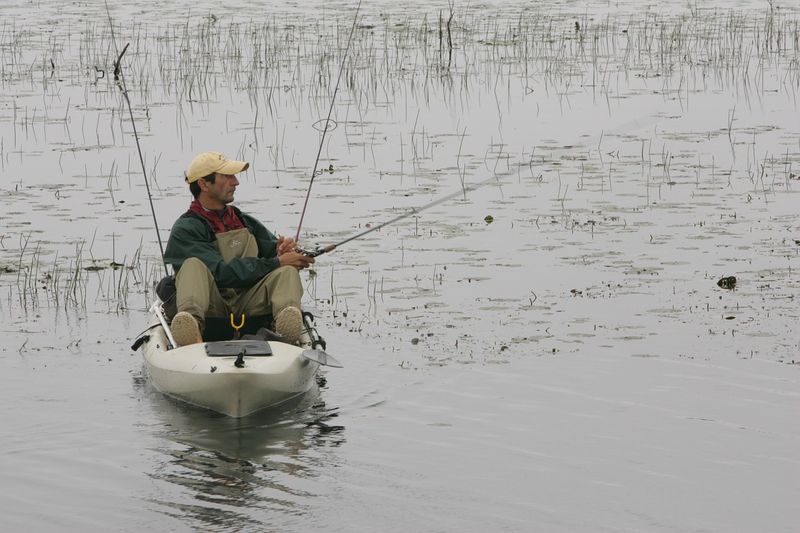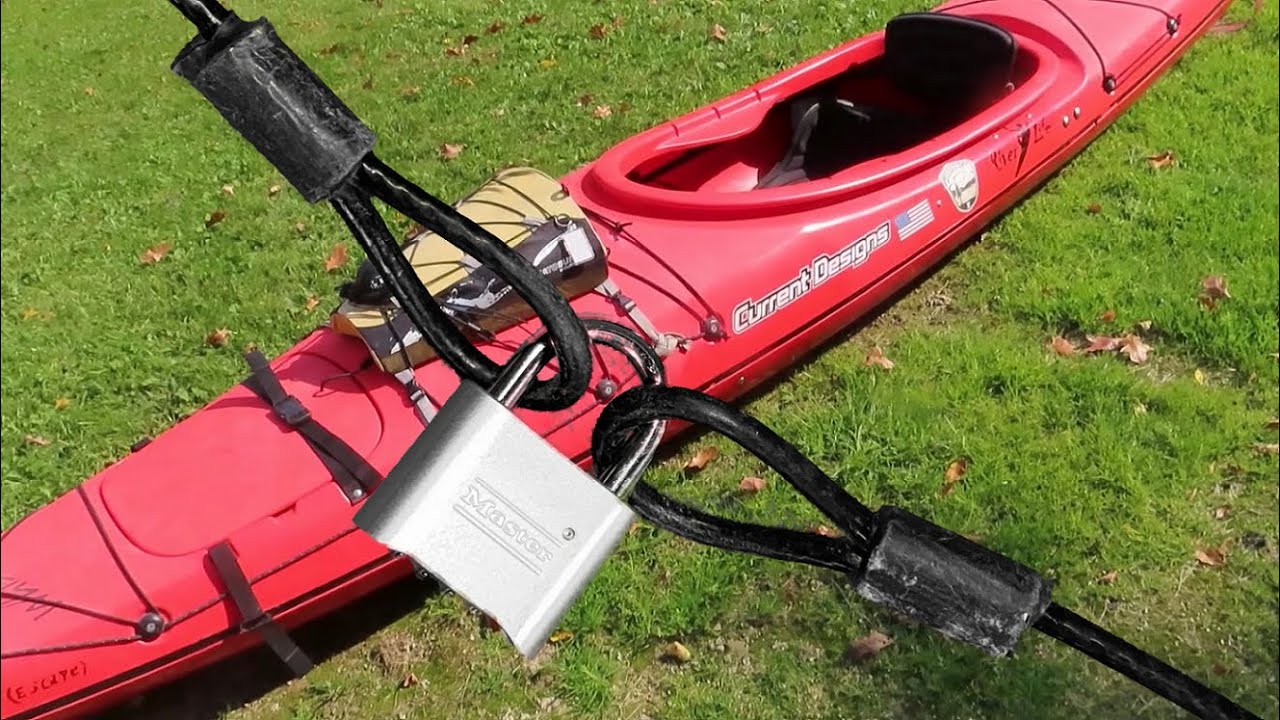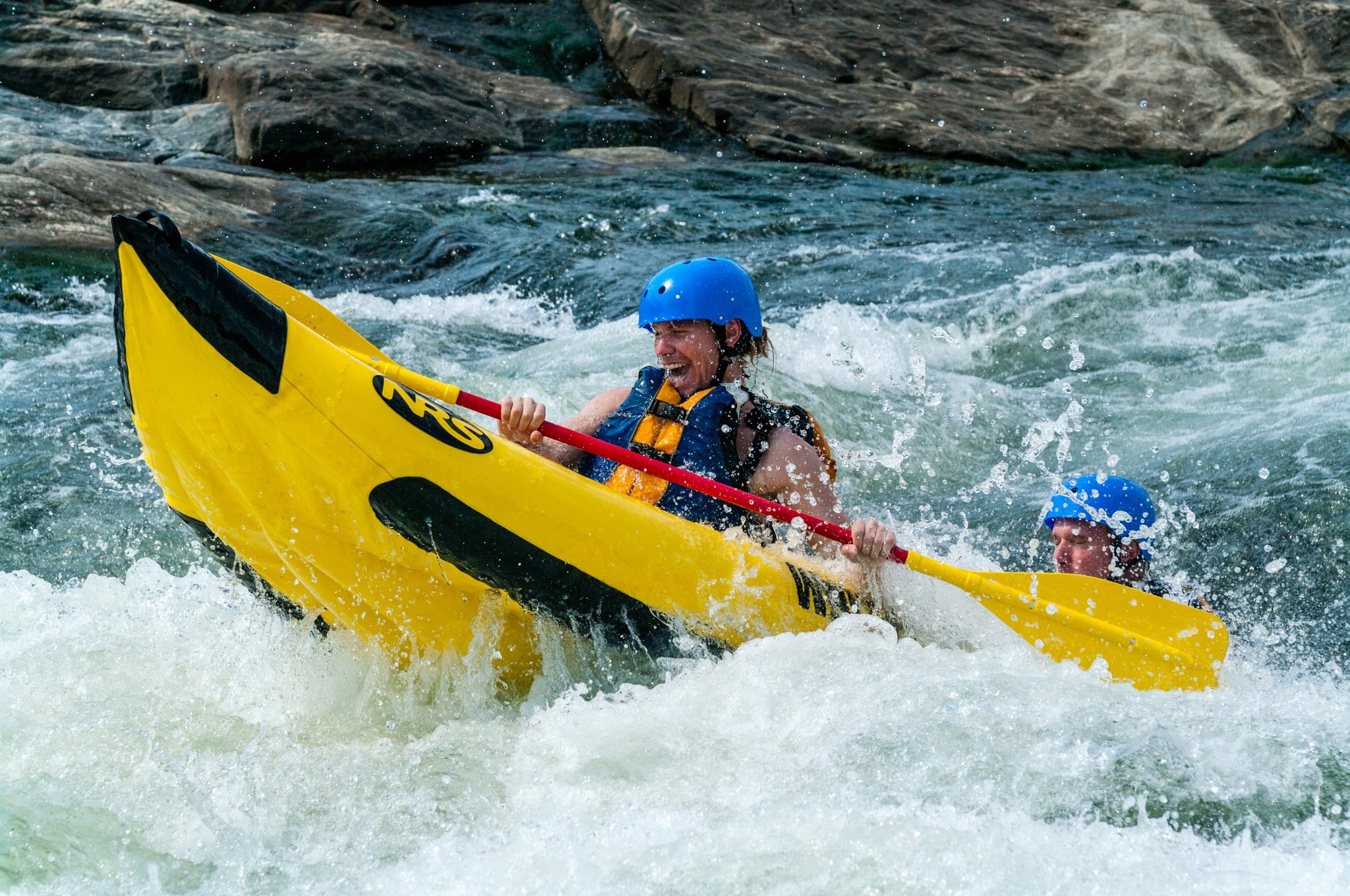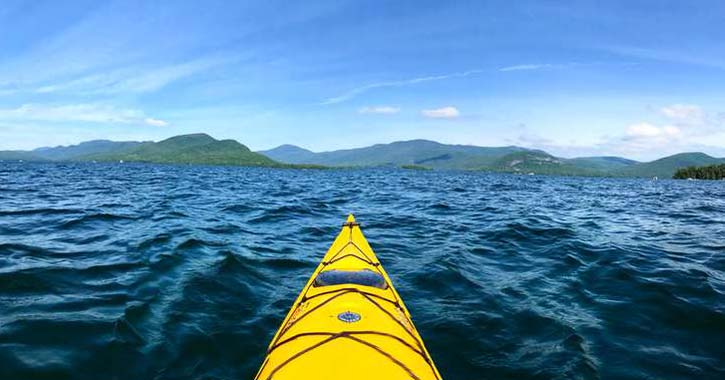
The Great Debate: Scupper Plugs in Kayaks
Kayaking is a popular water sport that can be enjoyed in a variety of settings, from calm lakes to whitewater rapids. One key feature of many kayaks is the presence of scupper holes, which are openings in the hull of the kayak that allow water to drain out. Scupper plugs are small rubber or plastic devices that can be inserted into these holes to prevent water from entering the kayak.
The debate over whether or not scupper plugs are necessary is a common one among kayakers. On one hand, scupper plugs can help keep kayakers dry and prevent excess water from accumulating in the kayak, which can make it heavier and harder to maneuver. On the other hand, some kayakers argue that scupper plugs can also pose a safety risk by preventing water from escaping the kayak, which can cause it to become unstable or even capsize in certain situations.
Regardless of whether or not you choose to use scupper plugs, it's important to understand their purpose and the potential benefits and drawbacks of using them. In the following sections of this article, we'll explore the question of whether you can kayak without scupper plugs, and offer some tips and advice for kayakers who are considering going unplugged.
To Plug or Not to Plug: The Scupper Plug Dilemma
When it comes to scupper plugs in kayaks, there is no clear-cut answer as to whether or not you need them. Some kayakers swear by them, while others prefer to leave them out. So, can you kayak without scupper plugs? The answer is yes, you can. But whether or not you should is a question that depends on a number of factors.
Let's take a closer look at the pros and cons of kayaking without scupper plugs, and some safety considerations you should keep in mind.
Pros of Kayaking Without Scupper Plugs:
- Easier Drainage: Without scupper plugs, water can drain more easily out of your kayak, which can be especially helpful when paddling in choppy or rough waters.
- Cooler Temperatures: Leaving scupper plugs out can allow some water to enter the kayak, which can be refreshing on hot days.
- Less Maintenance: With no scupper plugs to worry about, there's less equipment to keep track of and maintain.
Cons of Kayaking Without Scupper Plugs:
- Increased Water Exposure: Without scupper plugs, you may be more likely to get wet while kayaking, which can be uncomfortable or even dangerous in cold or rough waters.
- Stability Concerns: Depending on the design of your kayak, leaving out scupper plugs can compromise its stability and make it more difficult to control.
- Safety Risks: In certain situations, such as when paddling in strong currents or rough waters, not using scupper plugs can pose a safety risk by allowing water to enter the kayak and making it more prone to capsizing.
Safety Considerations:
- Before deciding whether or not to use scupper plugs, consider the conditions you'll be kayaking in and the level of experience you have.
- If you're new to kayaking or are paddling in challenging conditions, it's generally recommended to use scupper plugs to help maintain stability and minimize the risk of capsizing.
- If you're an experienced kayaker and are paddling in calmer waters, you may be able to go without scupper plugs without significant risk.
Overall, the decision to use scupper plugs in your kayak ultimately comes down to personal preference and safety considerations. In the following sections of this article, we'll explore the potential advantages and disadvantages of kayaking without scupper plugs in more detail, and provide some tips for those who are considering going unplugged.
Going with the Flow: Why Some Kayakers Prefer No Scupper Plugs
While scupper plugs can be helpful in many situations, some kayakers prefer to go without them for a variety of reasons. Here are a few potential advantages of kayaking without scupper plugs:
- Better Maneuverability: Without scupper plugs, kayaks can be lighter and easier to maneuver, which can be especially helpful when navigating tight or winding waterways.
- Enhanced Comfort: For some kayakers, getting a little wet is part of the fun of the sport, and leaving out scupper plugs can provide a more immersive, adventurous experience.
- Less Equipment: With no scupper plugs to keep track of, you may be able to pack more efficiently and reduce the amount of gear you need to bring on your kayak trip.
Of course, going without scupper plugs is not without its potential downsides. In the next section, we'll explore some of the potential drawbacks and risks of kayaking without scupper plugs, and provide some tips for mitigating them.
When Going with the Flow Isn't Enough: The Risks of No Scupper Plugs
While kayaking without scupper plugs can be a fun and adventurous way to experience the sport, it's important to be aware of the potential risks and drawbacks. Here are a few potential concerns to keep in mind when deciding whether or not to use scupper plugs:
- Increased Risk of Capsizing: Without scupper plugs, water can accumulate in your kayak and make it heavier and less stable, which can increase the risk of capsizing in certain situations.
- Exposure to Cold Water: If you're kayaking in cold waters, leaving out scupper plugs can increase your exposure to the elements and put you at risk of hypothermia or other cold-related injuries.
- Difficulty Bailing Water: Without scupper plugs, you may need to bail water out of your kayak manually, which can be time-consuming and exhausting.
To mitigate these risks, it's important to consider the conditions you'll be kayaking in, and to take appropriate safety precautions. In the next section, we'll provide some tips and advice for kayaking without scupper plugs, and discuss some best practices for minimizing risk and staying safe on the water.
Tips for Kayaking Without Scupper Plugs
If you've decided to try kayaking without scupper plugs, there are a few things you can do to minimize the risks and stay safe on the water. Here are some tips and best practices to keep in mind:
- Check the Weather: Before heading out on the water, be sure to check the weather forecast and take appropriate precautions. If conditions are windy, choppy, or otherwise challenging, consider using scupper plugs or postponing your trip.
- Wear Proper Gear: Regardless of whether or not you're using scupper plugs, it's important to wear appropriate safety gear, such as a life jacket, and to dress appropriately for the conditions. In cold waters, wear a wetsuit or drysuit to protect against hypothermia.
- Practice Good Technique: To minimize the risk of capsizing, practice good kayaking technique, such as maintaining a stable paddling posture, keeping your weight balanced, and avoiding sudden movements or shifts in weight.
- Be Prepared to Bail Water: Without scupper plugs, you may need to bail water out of your kayak manually. Be sure to bring a sponge or a bilge pump to help with this process, and practice using them before heading out on the water.
- Consider the Design of Your Kayak: Depending on the design of your kayak, leaving out scupper plugs may compromise its stability or maneuverability. Be sure to choose a kayak that is well-suited for your needs and experience level.
By following these tips and best practices, you can minimize the risks and stay safe while kayaking without scupper plugs. Remember to always prioritize safety, and to be prepared for changing conditions or unforeseen challenges. With a little preparation and know-how, kayaking without scupper plugs can be a fun and rewarding way to experience this exciting sport.
The Bottom Line: Can You Kayak Without Scupper Plugs?
So, can you kayak without scupper plugs? The answer is yes, you can. Whether or not you should is a question that depends on a variety of factors, including your experience level, the conditions you'll be paddling in, and your personal preferences.
Ultimately, the decision to use scupper plugs or not comes down to balancing the potential benefits and risks. While scupper plugs can help keep you dry and minimize the risk of capsizing, they can also compromise the stability and maneuverability of your kayak. By contrast, going without scupper plugs can provide a more immersive, adventurous experience, but also comes with potential risks such as increased exposure to the elements and a higher risk of capsizing.
Regardless of whether or not you choose to use scupper plugs, it's important to prioritize safety and to be prepared for changing conditions or unforeseen challenges. With the right gear, techniques, and know-how, you can enjoy kayaking in a variety of settings, whether with or without scupper plugs.











